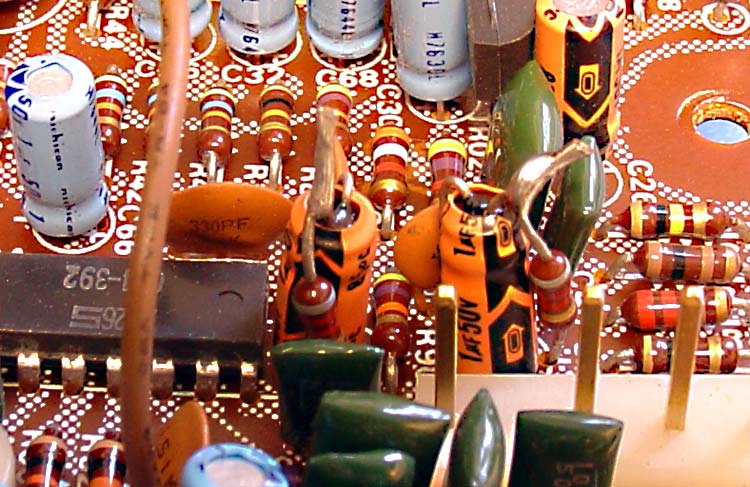Dearslayer
Super Member
Pulled a working 2230 from the shelf tonight to start a recap on it, because I currently can't go any further on the Bias issue on the 2270 I'm working on till I place an order for more parts next week. Anyway I decided to start the recap at the PS on this unit. When I removed the cap at C804 I noticed the negative lead was folded over from the factory when installed and was not through the hole on the board. How could this thing work proper in this condition? Only noticeable abnormal condition about this unit is when powered on initially the display lights flicker slightly for a minute or so then it stabilizes and stops flickering. Other than that it seems to work just fine. Bare in mind I acquired this unit about 6 months ago and haven't had any extended listening time on it as it just sat on the shelf till tonight. It sure wasn't going anywhere with the amount of dreaded glue on it. Took a couple hours to clean and scrape all the glue off the board.
GT.
GT.






